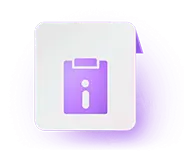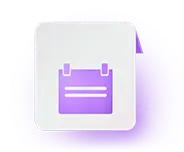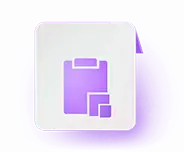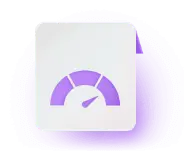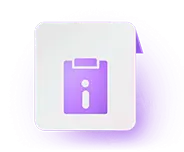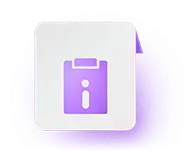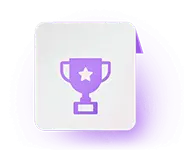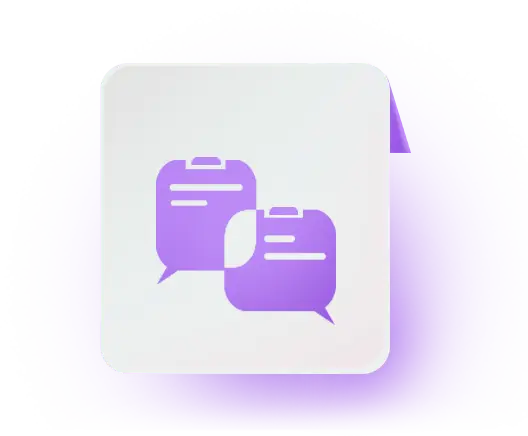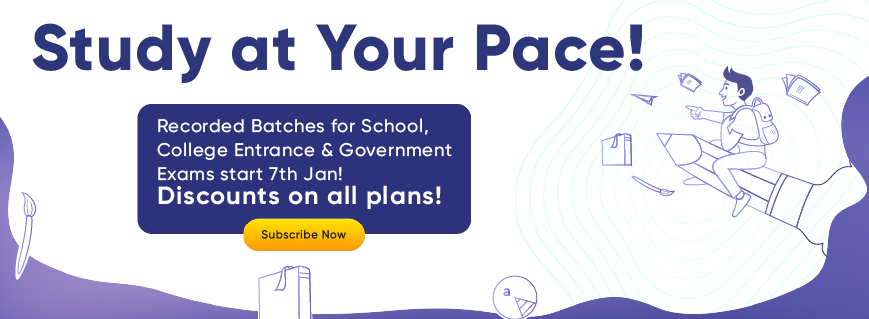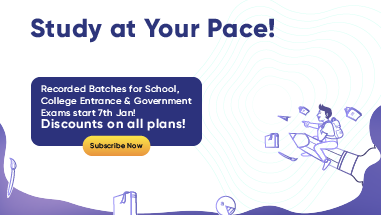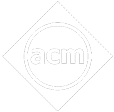- Written by gnanambigai
- Last Modified on 4-05-2023
Ladakh Board Class 10 Exam 2023
All the government schools in the Union territory of Ladakh are still affiliated with the Central Board of Secondary Education (CBSE). Meanwhile, the Ladakh Board is still being established and functioning until the government receives a formal notification.
Ladakh Board Class 10 is a crucial year for students because their passing grades influence the streams they would be opting for. The board is responsible for managing the state’s education system and for granting school affiliation. Every year, the department administers this exam in order to assess the competency of students based on their results in the Ladakh SSLC exam.
Ladakh Board Class 10 Exam Summary 2023
As Ladakh lacks an autonomous State Board of Secondary Education and Senior Secondary Education, it is totally dependent on the CBSE, Delhi, for conducting the exams. Moreover, as Ladakh Board follows CBSE, the term-wise exams will be discontinued and the annual board exams will resume.
A brief about the Ladakh Board Class 10 exam is mentioned below:
| Particulars |
Details |
| Name of Exam |
Ladakh Board Class 10 Board Exam |
| Conducting Board |
Central Board of Secondary Education |
| Exam Level |
National Level |
| Frequency of Exam |
Annual |
| Mode of Registration |
Offline for regular students
Online for private candidates |
| Mode of Exam |
Offline |
| Class 10 Primary Subjects |
Science, Mathematics and Social Science |
Ladakh Board Class 10 Official Website
http://dse.ladakh.gov.in/

Ladakh Board Class 10 Latest Update 2023
- There will be no term-wise examination in 2023. The board will resume regular board exams.
- According to CBSE pattern, each paper will be of 3 hours duration.
Ladakh Board Class 10 Registration Process 2023
Regular candidates must fill out and submit the application form in their respective schools. Candidates who wish to appear privately must apply online. Students must complete the Class 10 registration form in order to sit for the Ladakh Class 10 board exams. Every year, registration for Class 10 begins in October. However, CBSE has implemented some changes. Also, the registration fees for Class 10th have been raised.
Candidates must carefully fill out all the details because the same information will be printed on the Class 10 admit card. The registration form fee is around Rs. 1,200 this year. In the registration form, students should carefully specify the subjects for which they will be appearing. All CBSE-affiliated schools must submit a list of students taking the exam to the board after thoroughly checking all the details.
Ladakh Board Class 10 Exam Pattern 2023
For the 2022-23 school year, the Ladakh Board Class 10 exam pattern has been revised. The board has chosen to discontinue its two-term policy and return to the annual examination scheme. The annual examination will cover the entire curriculum for all subjects. CBSE has released a revised marking scheme for the 2022-23 board examinations along with the announcement of the annual exam policy.
Internal assessment remains unchanged. Internal assessments will continue to carry a weightage of 20 marks. Each paper is worth 100 marks, including theory and internal assessments. The minimum mark required to pass the examination is 33% in each subject and overall. The competency-based questions will be around 40%, the objective-type questions will be around 20%, and the subjective-type questions will be around 40% in the Ladakh Board Class 10th exams.
Check the table below to understand the assessment scheme:
| Total Marks |
100 marks |
| Theory |
80 marks |
| Practicals |
20 marks |
Ladakh Board Class 10 Exam Syllabus 2023
Ladakh Board follows the CBSE curriculum, therefore we have provided the revised syllabus for Class 10 students here. Students appearing for Ladakh Board Class 10 exams must be aware of the recent changes in the syllabus and prepare accordingly for the exams. This can help them study in a systematic manner and complete the entire syllabus on time giving them enough time for revision. They can find the subject-wise syllabus for Ladakh Board Class 10 in the following sections.
Ladakh Board Class 10 Maths Syllabus
Algebra, Geometry, Trigonometry, Mensuration, Statistics, and Probability are the five key topics covered in the Ladakh Board Class 10 Maths syllabus. Students should cover all the topics included in the syllabus to score good marks in the exam. They can refer to the table below to get the Ladakh Board Class 10 Math syllabus:
| Chapter No. |
Chapter Name |
| 1 |
Real Numbers |
| 2 |
Polynomials |
| 3 |
Pair of Linear Equations in Two Variables |
| 4 |
Quadratic Equations |
| 5 |
Arithmetic Progressions |
| 6 |
Triangles |
| 7 |
Coordinate Geometry |
| 8 |
Introduction to Trigonometry |
| 9 |
Some Applications of Trigonometry |
| 10 |
Circles |
| 11 |
Constructions |
| 12 |
Areas Related to Circles |
| 13 |
Surface Areas and Volumes |
| 14 |
Statistics |
| 15 |
Probability |
Ladakh Board Class 10 Science Syllabus
Students should refer to the Ladakh Board Class 10 syllabus to know what chapters are covered. To achieve higher marks in Ladakh Class 10 Science exams, students must thoroughly understand all concepts and practice questions. The table below provides the Ladakh Board Class 10 Science syllabus:
| Chapter No. |
Chapter Name |
| 1 |
Chemical Reaction and Equations |
| 2 |
Acids, Bases, and Salts |
| 3 |
Metals and Non-Metals |
| 4 |
Carbon and Its Compounds |
| 5 |
Periodic Classification of Elements |
| 6 |
Life Processes |
| 7 |
Control and Coordination |
| 8 |
How Do Organisms Reproduce |
| 9 |
Heredity and Evolution |
| 10 |
Light- Reflection and Refraction |
| 11 |
The Human Eye and the Colourful World |
| 12 |
Electricity |
| 13 |
Magnetic Effects of Electric Current |
| 14 |
Sources of Energy |
| 15 |
Our Environment |
| 16 |
Sustainable Management of Resources |
Ladakh Board Class 10 Social Science Syllabus
Social Science is a mandatory subject for Ladakh Board Class 10 students. Moreover, the Social Science curriculum can be divided into History, Geography, Politics, and Economics. The syllabus for the Ladakh Board Class Social Science is tabulated below:
| Chapter No. |
Chapter Name |
| 1 |
The Rise of Nationalism in Europe |
| 2 |
Nationalism in India |
| 3 |
The Making of a Global World |
| 4 |
The Age of Industrialisation |
| 5 |
Print Culture and The Modern World |
| 6 |
Resources and Development |
| 7 |
Forests and Wildlife Resources |
| 8 |
Water Resources |
| 9 |
Agriculture |
| 10 |
Mineral and Energy Resources |
| 11 |
Manufacturing Industries |
| 12 |
Lifelines of National Economy |
| 13 |
Power Sharing |
| 14 |
Federalism |
| 15 |
Democracy and Diversity |
| 16 |
Gender, Religion and Caste |
| 17 |
Popular Struggles and Movements |
| 18 |
Political Parties |
| 19 |
Outcomes of Democracy |
| 20 |
Challenges to Democracy |
| 21 |
Development |
| 22 |
Sectors of Indian Economy |
| 23 |
Money and Credit |
| 24 |
Globalisation and Indian Economy |
| 25 |
Consumer Rights |

Ladakh Board Class 10 Exam Date 2023
The Ladakh Board follows CBSE curriculum for its Class 10 exams. The board follows the exam date and guidelines set by CBSE. As per CBSE, the Class 10 exam will start on February 15 to March 21, 2023. The exam timetable for the 2023 exams will help students prepare accordingly and score higher marks.
Students can check the table below to know the Ladakh Board Class 10 timetable:
| Exam Dates |
Subjects (10:30 am to 1:30 pm for most of the exams) |
|
February 15, 2023
|
Painting, Gurung, Rai, Tamang, Sherpa, Thai
|
|
February 16, 2023
|
Retail, Security, Automotive, Introduction to Financial Markets, Beauty & Wellness, Agriculture, Food Production, Front Office Operation, Banking & Insurance, Marketing & Sales, Health Care, Apparel, MultiMedia, Physical Activity Trainer, Data Science
|
|
February 17, 2023
|
Hindustani Music (Melodic Instruments), Hindustani Music (Percussion Instruments), Elements of Book Keeping & Accountancy, Hindustani Music (Vocal)
|
|
February 20, 2023
|
Arabic, Russian, Persian, Tibetan, Lepcha, Persian, Nepali, Limboo, German, French, Carnatic Music (Melodic Instruments), Carnatic Music (Vocal), Carnatic Music (Percussion Instruments)
|
|
February 24, 2023
|
Urdu Course-A, Bengali, Tamil, Telugu, Marathi , Gujarati, Manipuri, Urdu Course-B
|
|
February 27, 2023
|
English Language and Literature
|
|
March 1, 2023
|
Punjabi, Sindhi, Malayalam, Odia, Assamese, Kannada
|
|
March 2, 2023
|
National Cadet Corps, Telugu-Telangana, Bodo, Tangkhul, Japanese, Bhutia, Spanish, Kashmiri, Mizo, Bahasa Melayu
|
|
March 4, 2023
|
Science
|
|
March 6, 2023
|
Home Science, Multi Skill Foundation Course
|
|
March 9, 2023
|
Elements of Business
|
|
March 11, 2023
|
Sanskrit
|
|
March 13, 2023
|
Computer Applications, Information and Technology, Artificial Intelligence
|
|
March 15, 2023
|
Social Science
|
|
March 17, 2023
|
Hindi Course A, Hindi Course B
|
|
March 21, 2023
|
Mathematics Standard, Mathematics Basic
|
Ladakh Board Class 10 Admit Card 2023
Ladakh Board Class 10 admit cards are usually distributed a few weeks before the exam begins. When the admit cards for the Ladakh Board Class 10 board exams are released, schools can log in to the website and download them. Along with regular admit cards, the board will publish admit cards for private candidates on its website.
Students must collect the admit cards from their respective school authorities prior to the start of the Ladakh Board Class 10 Exams, 2023. They must bring their Class 10 admit card to the exam centers. as students will not be permitted to enter the examination hall without it.
Ladakh Board Class 10 Study Plan to Maximise Score 2023
A comprehensive strategy is required to achieve high marks in Ladakh Board Class 10 exams. Before exams, students should make a list of important topics and thoroughly study them. Students should always choose the best Class 10 study material when preparing for the board exam in order to gain a firm grasp on the subject. Students can refer to the preparation tips and study plan mentioned here to score good marks.
Ladakh Board Class 10 Preparation Tips
Class 10 is a pivotal point in a student’s life since it provides a new direction. As a result, students should study carefully in order to achieve higher grades in the Ladakh Class 10 exams. Here are some preparation tips for the Ladakh board Class 10 exams:
- To achieve high grades, students should begin preparing for exams as soon as the academic year year begins. Furthermore, in order to effectively prepare for all topics, students should thoroughly review the syllabus and exam pattern.
- Students should prepare a timetable ahead of the exams and try sticking to it to finish the syllabus on time.
- Students should start by learning the topics they are weak in and gradually move towards the easier ones.
- To understand the types of questions asked in previous years’ exams, one must solve the previous years’ question papers for Class 10. To plan the strategy, record the time spent on each question. Also, make a note of the important questions.
- Students are encouraged to take the Class 10 mock test on Embibe. Embibe helps students track their progress byproviding the best feedback generated by the AI assistance.
- Students must take proper rest and have a healthy diet to keep the body fresh and energetic.
Ladakh Board Class 10 Detailed Study Plan
To assist students with their studies, we have compiled a detailed study plan for the students to help them study every subject in a comprehensive manner. Students can refer to the detailed study plan to score good marks in every subject in their final board exam. The table below has a detailed plan for Ladakh Board Class 10 study plan:
| Time |
Activities To Be Performed |
| 5:30 AM |
Try to wake up early and finish the morning routine to start preparing for the exams with a fresh mind. |
| 6:30 AM |
It is said that the morning time is the best time to study. Therefore, students must start with the subjects they are weak in at this hour. |
| 9:00 AM |
Relax and take a break to have a healthy breakfast. |
| 9:30 AM |
Students can save this time to revise the topics they studied in the morning to keep a track of their progress. |
| 9:45 AM |
Start with Mathematics and Science as they are the major subjects in Class 10. Study all the theorems and practice the exercise questions. |
| 11:45 AM |
Save this time to revise the formulae and theorems. |
| 12:00 PM |
Have some lunch and relax for a while. |
| 1:00 PM |
Students can study English or whichever subject they prefer. |
| 4:00 PM |
Take some rest or watch some TV to refresh the mind. |
| 4:30 PM |
Students can take up any subject they like and try to finish atleast 2 chapters. |
| 6:00 PM |
Save this time for exercise or go out to play with friends. |
| 7:00 PM |
Students must recall the things they have studied earlier in the day. They can practice questions at Embibe to put their knowledge to test. |
| 8:30 PM |
This is the ideal time to have dinner. |
| 9:30 PM |
Revise all the major topics studied in the entire day. |
| 10:00 PM |
Students must wrap up and go to sleep to wake up early. |
Ladakh Board Class 10 Result 2023
The Ladakh Board Class 10 results for the 2023 exams will be released online mode after the conclusion of the final exams. To check the results online, students need to enter their roll number, date of birth, school code, etc. Students who do not receive passing grades in their Class 10 results will have to sit for the compartment exams. Class 10 results play a role in deciding the student’s admission to a college or higher secondary school and the stream or course they choose. Therefore, students should prepare thoroughly to score good marks and achieve good results in Class 10.
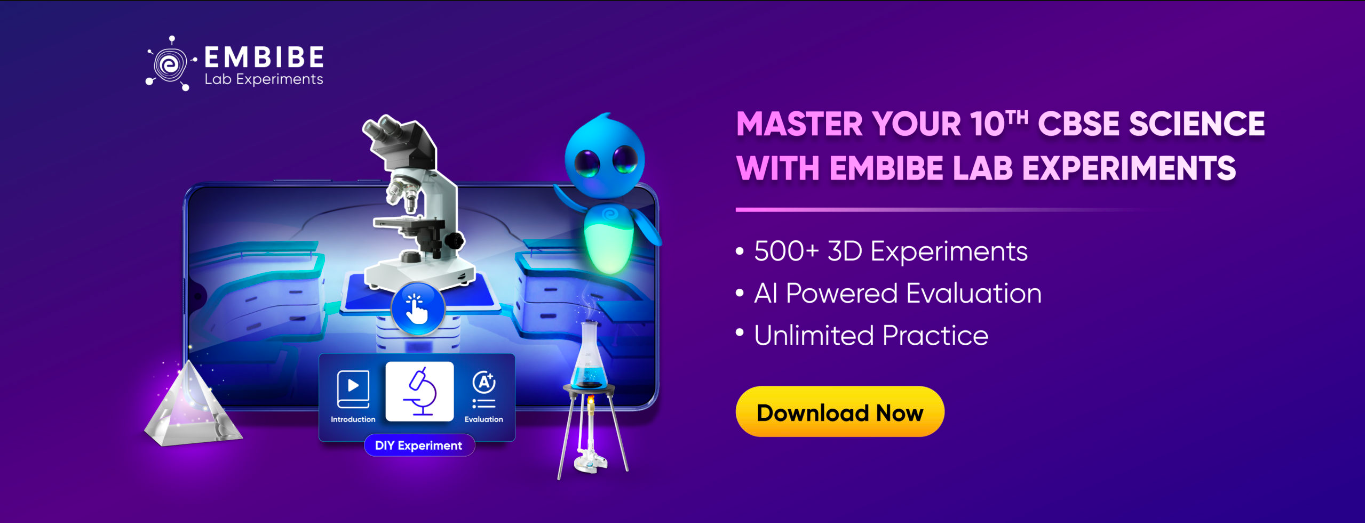
Ladakh Board Class 10 Supplementary Exam 2023
Candidates who failed any one of their final board exam subjects may apply for the Ladakh Board Class 10 supplementary exam. The Class 10 supplementary exam syllabus is the same as the regular exam. A candidate who is placed in the compartmental category in the Class 10 board exam must reappear for the exam held the following year.
They will also be given a second and third chance to pass the exam in the following year. A candidate who does not appear or fails in one or more of the three compartment exams will be considered unsuccessful in the examination. To obtain their Class 10 certificate, they must reappear in all subjects and pass the exams.
FAQs on Ladakh Board Class 10 Exam 2023
We have provided some frequently asked questions on Ladakh Board Class 10 below:
Q: What are the changes in the Ladakh Board Class 10 syllabus?
Ans: The updated syllabus for Ladakh Board Class 10 has been mentioned in this article to help students ace the exams.
Q: Who conducts the Ladakh Board Class 10 exam?
Ans: The Ladakh Board conducts the Class 10 exam by following CBSE guidelines.
Q: Can I study the chapters from the Ladakh Board 10th syllabus on Embibe?
Ans: Yes, students can study the chapters from the 10th Ladakh Board syllabus on Embibe anytime for. The chapters at Embibe are explained in a step-by-step manner through interactive 3D videos.
Q: What are the Ladakh Board Class 10 examination passing marks?
Ans: The students are expected to score a minimum of 33% aggregate marks in all the subjects.
Q: What is the duration of the Ladakh Board Class 10 exam?
Ans: The Ladakh Board Class 10 exam duration is 3 hours for each subject.
Ladakh Board Class 10 List of Educational Institutions 2023
Schools play a very important role by providing students with innovative teaching methods and excellent educational experiences. Hence, it is very important for students and their parents to select the best schools for Class 10. To help them in the process, we have compiled a list of the best schools in Ladakh. Here is the list of some of the schools in Ladakh:
| S. No. |
School Name and Location |
| 1 |
High School, Muradbagh, Drass. |
| 2 |
High School, Mushkow, Drass. |
| 3 |
Govt. Lower H/S, Yokza Sankoo. |
| 4 |
High School, Pandrass. |
| 5 |
High School Minji. |
| 6 |
High School, Choskore. |
| 7 |
High School, Hardass. |
| 8 |
High School, Chanigound. |
| 9 |
High School, Karkit, Badagam. |
| 10 |
High School, Baroo. |
| 11 |
High School, Poyen, Kargil. |
| 12 |
High School, Goma Kargil. |
| 13 |
Jaffaria Academy of Modern Education (10+2), Kargil. |
| 14 |
Govt. Lower H/S, Itcher Zanskar. |
| 15 |
Govt. Higher Secondary School, Bogdang (Nubra). |
Future Exams After Ladakh Board Class 10 Exam 2023
After a student has passed the Class 10 exam, there are other competitive exams that he or she can appear. These exams assess a student’s reasoning, critical thinking, and problem-solving skills. Students who take up this exam tend to improve their intellectual abilities. Here is the list of the future exams that a student can take after Ladakh Board Class 10:
- NTSE (National Talent Search Examination): NTSE is one of the most popular exams taken by students after Class 10. The primary goal of the NTSE is to identify students who have exceptional academic abilities and mental capacity. It adheres to the NCERT curriculum, which includes Science, Math, Social Studies, and Mental Abilities.
- Scholastic Aptitude Test (SAT): Students who want to know where they stand in a foreign college’s rankings following tenth grade take the SAT exams. However, an increasing number of Indian colleges and institutions are accepting SAT scores instead of their own admissions exams.
- Class 11 Exam: After Class 10, students can enrol themselves for Class 11 in the various streams. Based on the career interest of the student, they can choose their respective stream. The exams of Class 11 is conducted every year in the month of January/February.
- Class 12 Exam: Class 11 and 12 can be said to integrate courses in their respective streams. Class 12 exams are crucial in a student’s life. Class 12 exams is conducted in the month of March/April every year.









